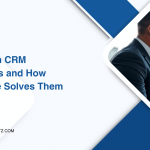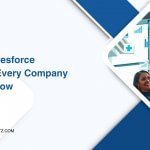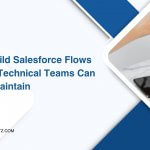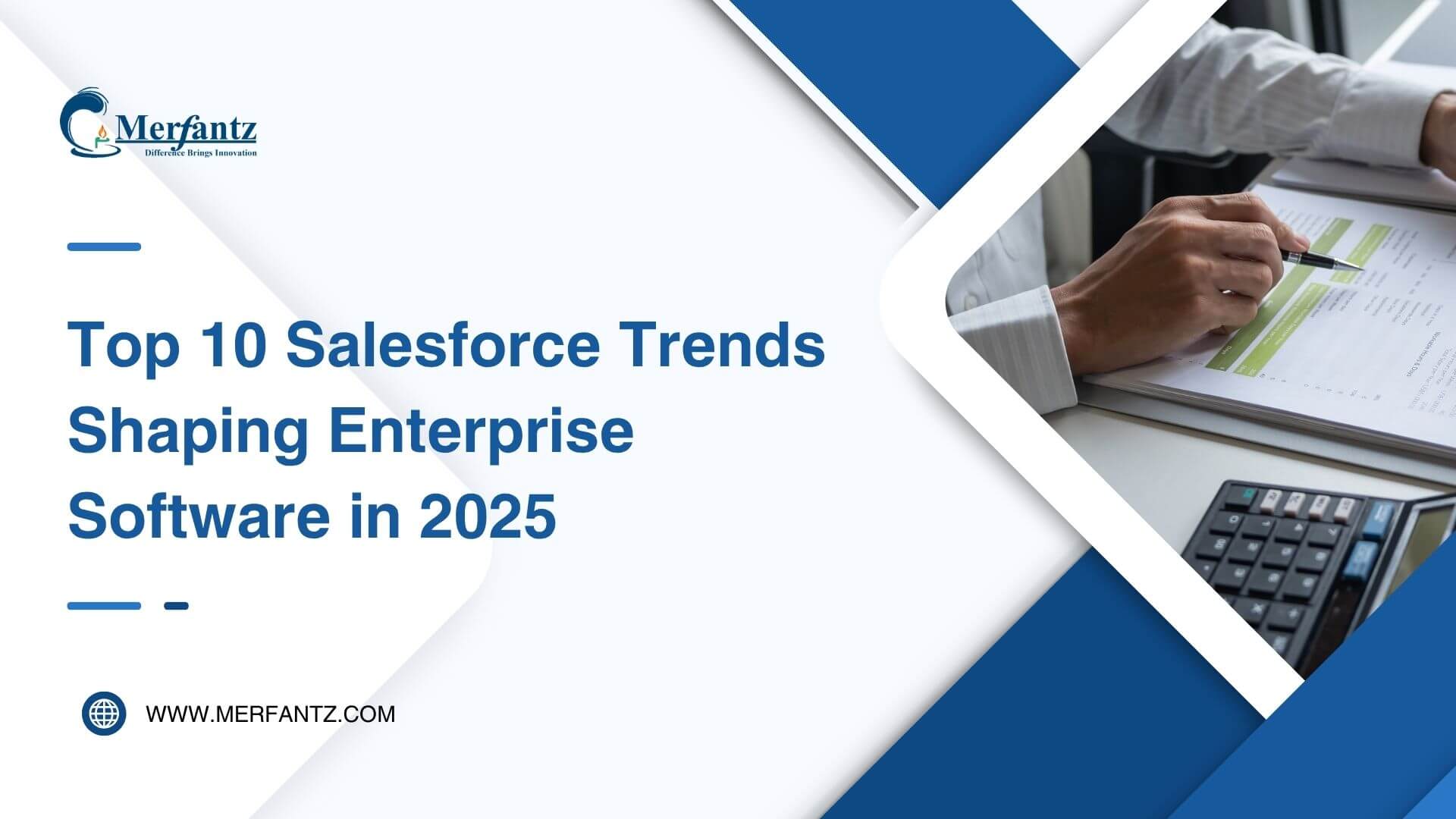
More than 70% of enterprise leaders say trusted AI will change how they measure results this year. That statistic shows the scale of change ahead and why this year feels like a turning point for enterprise software.
I write from hands-on work with professionals across the salesforce ecosystem, watching hype turn into measurable outcomes. I focus on what moves business metrics: customer experience, revenue acceleration, cost-to-serve, and data governance.
Conference season will crystallize many of these shifts. From TrailblazerDX for developers to Connections for audience growth and Dreamforce for flagship announcements, events will turn ideas into practical blueprints.
In this guide I map ten trends across AI, data, platform, and go-to-market motion. I explain how industry-specific solutions and accelerators cut time to value and how autonomous agents start to scale real work while people focus on higher-value tasks.
Key Takeaways
- I will track trends that drive measurable business impact, not just headlines.
- Trusted AI and unified data will dominate strategy and execution this year.
- Industry-aware solutions shorten time to value for teams and customers.
- Conference insights will convert into hands-on pilots and KPIs.
- Success will be measured by adoption, productivity, and total cost of ownership.
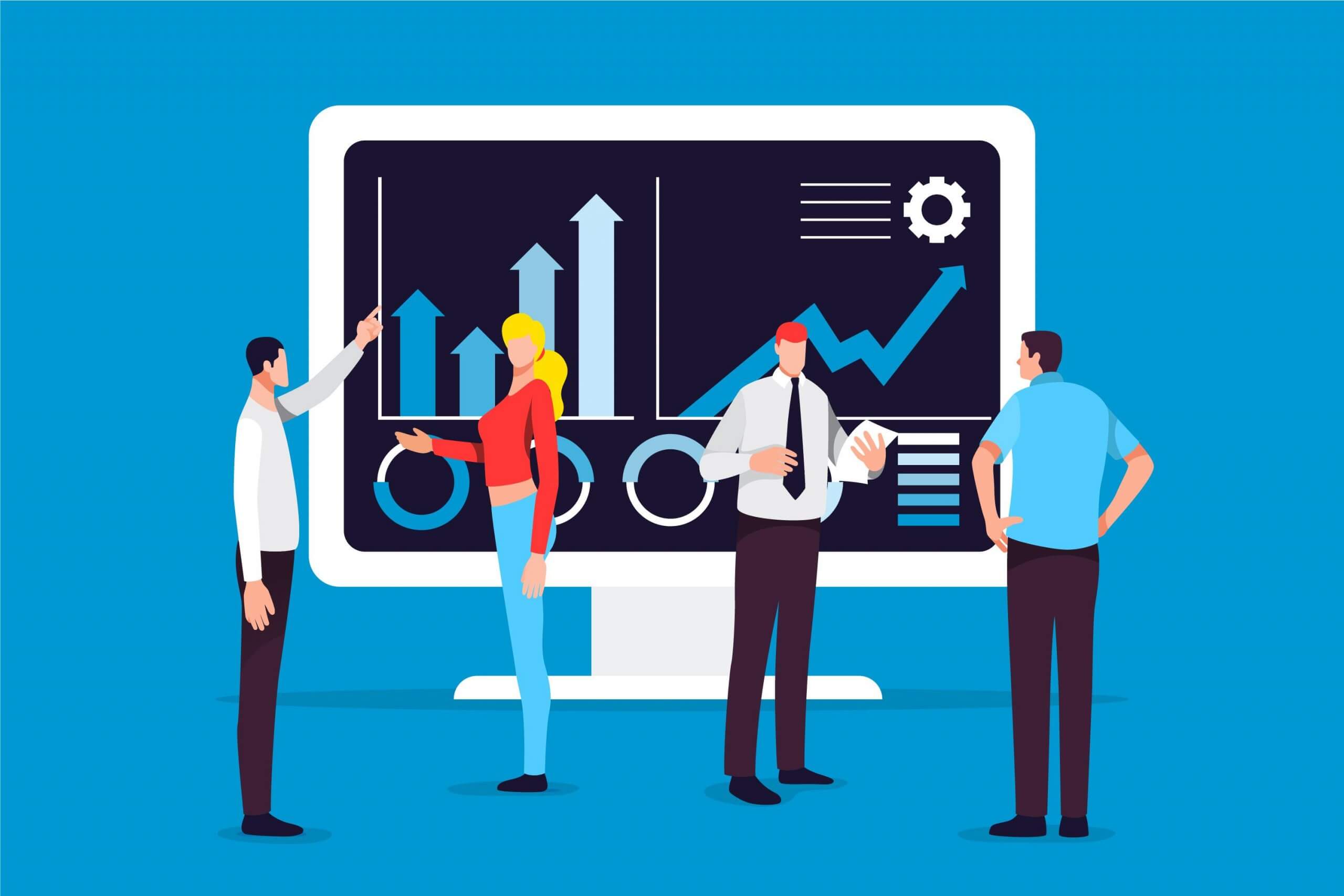
Why 2025 Is a Pivotal Year for Salesforce and Enterprise Software
My work with enterprise teams shows trusted AI is moving into production and changing how leaders decide. I focus on outcomes: margin expansion, faster time to value, and safer rollouts.
From hype to hands-on: trusted AI built for your industry
Trusted AI needs domain context and governance — prebuilt models, templates, and policies lower adoption friction for specific industry use cases. I expect these elements to make pilots repeatable and auditable.
That shift means senior leaders align technology choices to clear business metrics. I’ll prioritize learning across AI, unified data, and platform extensibility to ship quick wins without sacrificing security.
Events as innovation engines: keynotes, sessions, and real-world stories
Conferences turn announcements into practiced skills through demos, labs, and expert Q&A. I use sessions to validate assumptions with peers and experts, and to capture stories I can benchmark against my roadmap.
- Translate sessions into action items and evaluation criteria.
- Pressure-test vendor claims with hands-on labs.
- Capture measurable impact stories for team adoption.
Trusted AI and Autonomous Agents Move Center Stage
Trusted agents are shifting from pilot projects to day‑to‑day operations across teams I advise. I focus on how autonomous assistants cut volume, speed answers, and keep brand voice consistent while protecting sensitive information.
Agentforce in action: service deflection and brand‑voice replies
I break down proven wins: 1-800Accountant resolves roughly 70% of inquiries autonomously, reducing seasonal hiring. Heathrow uses AI to provide instant answers and wayfinding for millions of travelers, improving handling times at scale.
Wiley leans on recommendations and integrated workflows to ramp agents during peaks. Formula 1 pairs Data Cloud with agents to unify fan profiles and generate accurate brand-voice replies, enhancing customer experience.
Use cases by role
- Sales: next‑best actions and automated follow-ups.
- Service: deflection, guided workflows, and faster case handling.
- Marketing: creative drafts and segment insights.
- IT: ticket triage and prioritization.
- Operations: knowledge surfacing and process automation.
Measuring impact and why “trusted” matters
I track deflection rate, first contact resolution, handle time, cost per case, containment, and CSAT to tie automation to business outcomes. Trusted means provenance, data minimization, safe prompts, audit logs, and role‑based controls.
My pilot path is assistive first, then staged autonomy with human‑in‑the‑loop and clear escalation. This platform‑level approach ensures solutions scale across teams without fragmenting data or duplicating logic.
Data Cloud Unifies Customer Profiles for Real‑Time Personalization
Unified customer profiles let teams act on a single truth in the moment. I rely on connected profiles to turn fragmented signals into decisions that customers actually notice. This is about speed, relevance, and predictable outcomes.
Why unified profiles win: Formula 1 and fan engagement growth
Formula 1 unified fan profiles to 24 million known fans and cut call handling times. That story proves connected data drives scale and better service.
Connecting data to AI: grounding agents in accurate context
I ground agents in verified context so AI replies match brand voice, stay compliant, and improve first‑contact resolution. Accurate context reduces errors and preserves trust.
Activation channels: service, marketing, and commerce
The platform feeds activation across channels:
- Service: proactive support with real‑time signals.
- Marketing: next‑best offers driven by fresh insights.
- Commerce: personalized merchandising that lifts conversion.
My blueprint covers daily hygiene—identity rules, consent management, and deduplication—plus role‑based controls, attribute masking, and minimal exposure to AI prompts. I measure success with uplift in engagement, conversion, first‑contact resolution, and cost‑to‑serve, using control groups to isolate impact.
Finally, I define SLAs for latency and integrate CRM, web, mobile, POS, and support systems on canonical schemas so Data Cloud plus Agentforce closes the loop from insight to action and visible business success.
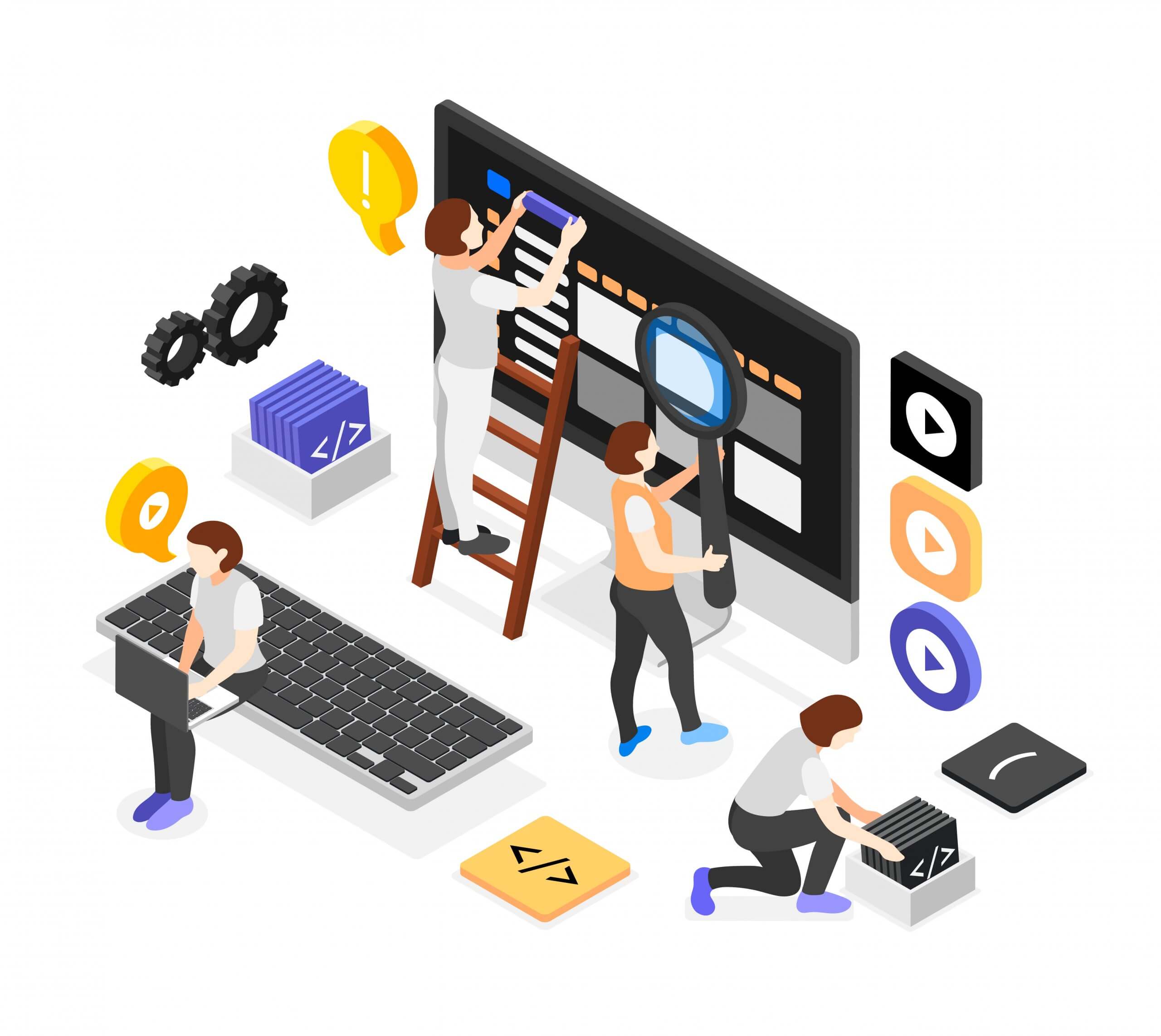
Developer Velocity and Platform Extensibility at TrailblazerDX
I treat TrailblazerDX as a concentrated sprint to move prototypes into production-ready patterns. The March 5–6 event in San Francisco focuses on rapid prototyping and smart tech choices from AI leaders, and I use it to accelerate build cycles.
Einstein for devs: rapid prototyping and smart choices
I prioritize AI-assisted code, unit-test generation, and scaffolding to turn requirements into working prototypes quickly. Hands-on sessions let me validate model selection and cost trade-offs with real code.
Architect priorities: integrations, scalability, and security by design
I map integration strategy around durable patterns — events, APIs, and CDC — so systems stay decoupled and scalable.
- I embed security-by-design: threat modeling, least privilege, and secret management in CI/CD.
- I use workshops and expert office hours to pressure-test questions on data residency and cost control.
- I define governance for extensions: versioning, rollback, and change management to protect uptime.
I measure developer velocity with lead time for changes, deployment frequency, change failure rate, and MTTR. I also apply a build-versus-buy rubric to compare total cost and maintainability before committing to custom code.
What I bring back: reusable templates, IaC modules, and patterns I can standardize across teams — plus a training plan that pairs labs with office hours led by domain experts.
Marketing and Commerce Reinvented at Salesforce Connections
At Connections in Chicago I focus on practical ways teams can use AI to build audiences and scale content without losing brand control. The two‑day conference packs keynotes, sessions, and hands‑on workshops designed for marketing and commerce professionals.
Audience building and responsible modeling
I evaluate AI-assisted audience building by testing lookalike models and propensity scoring that honor consent and brand standards. I check tooling for transparent data controls and easy audit trails.
Content at scale with governance
I map content pipelines that include brand-voice controls, approval workflows, and performance feedback loops. Strong editorial guardrails help teams scale creative without eroding consistency.
From campaigns to data-driven experiences
I design journeys that stitch paid, owned, and service touchpoints so data reacts in real time and reduces drop-offs. My measures are clear: higher conversion, lower acquisition cost, and better customer lifetime value.
- I plan sessions that convert insights into channel tactics across email, mobile, social, and site personalization.
- I target workshops where my team can leave with pilotable assets for the first 30 days.
- I capture expo insights to compare integrations, data controls, and total cost of ownership across vendors.
Business outcomes guide my agenda: uplift in conversion rate, more efficient media spend, and measurable improvements to customer experiences. I close the event by converting notes into backlog items and a rollout plan tied to quarterly goals.
Dreamforce 2025: The Flagship for Vision, Product, and Community
I plan Dreamforce around three goals: learn fast, scout partners, and return with pilots that move the needle.
Dates and place: Dreamforce runs Oct 14–16 at Moscone Center in San Francisco. I book Downtown SF hotels early to stay close and maximize session density while minimizing transit time.
Main keynotes and product announcements to watch
I target big keynotes for roadmap direction. I expect leaders and AI pioneers to outline trusted AI, Agentforce, Data Cloud, and platform priorities that guide my next 6–12 months.
Dreamfest and headliners
Dreamfest features Metallica and Benson Boone, with proceeds for UCSF Benioff Children’s Hospitals. I plan the party as a morale boost and a chance to recharge with the team.
In‑person vs. Salesforce+ streaming: my approach
I choose live attendance for demos and face-to-face meetings and use Salesforce+ to cover concurrent sessions and on-demand follow-up. Streaming fills gaps without losing the in-person energy I need for vendor negotiations and demos.
Planning tips and session strategy
- Lock the dates and arrange lodging near Moscone to cut walking time.
- Create a shared calendar so teammates cover multiple tracks and debrief nightly.
- Select a balanced session mix: strategy, technical deep dives, and customer stories.
- Reserve expo time to compare partner solutions, integrations, and pricing.
- Define success: meet five leaders, identify three pilotable solutions, and adopt two governance practices immediately.
I factor past scale — tens of thousands on-site and hundreds of thousands online — into logistics so my team is ready for crowds, long lines, and high demand.
Where to Learn in 2025: Salesforce Events, World Tours, and Community
I plan my learning calendar around high-impact stages and local meetups that deliver practical skills.
The big three are my anchors: TrailblazerDX (Mar 5–6, san francisco) for builders, Connections (Jun 11–12, Chicago) for marketers, and Dreamforce (Oct 14–16, san francisco) for cross-cloud strategy. I treat those salesforce events as places to capture reusable templates and pilot ideas.
By city
New York, Chicago, and San Francisco get top billing. I also use one-day world tour stops—NYC (May 21, Dec), Denver (Apr 14), Boston (Jun 26), and D.C. (Mar 19)—to brief teammates without heavy travel.
By state and community
I layer community conferences and meetups to keep momentum. I attend Architect Dreamin’ and Cactusforce in Arizona, Mile High Dreamin’ in Colorado, Florida Dreamin’ in Clearwater, and Midwest Dreamin’ in Minnesota.
- I set goals for each stop: which attendees and professionals I want to meet, which workshops to join, and what networking opportunities to create.
- I use world tours and smaller events to test vendor claims and gather action items for the business.
- Finally, I track my salesforce ecosystem connections and turn one-off conversations into follow-ups that scale.
Always‑On Learning with Salesforce+: Live and On‑Demand Content
Streaming events and recorded talks let me turn big keynotes into practical team actions. Dreamforce and other flagship moments stream live and publish on demand, so I tap into talks and series even when travel isn’t possible.
Streaming keynotes and sessions when travel isn’t possible
I use the platform to catch live keynotes and recorded sessions that matter to our roadmap. Past events drew over 200,000 online viewers, so the archive is rich with demos, how‑tos, and customer stories.
Live viewing gives us Q&A access. On‑demand lets busy teammates watch on their schedule and revisit short clips for clarity.
Building a team watchlist for continuous enablement
I curate a watchlist aligned to quarterly goals and assign role‑specific playlists for sales, service, marketing, IT, and ops. This keeps learning targeted and avoids wasted time.
- I schedule debriefs to turn content into backlog items and decisions.
- I tag highlights and repurpose clips for internal training and onboarding.
- I track impact by measuring feature adoption, ramp time, and faster delivery.
Always‑on learning becomes a repeatable habit when we pair live events with on‑demand content, simple watch cadences, and shared notes that turn insights into execution.
Customer Success in Practice: Real‑World Outcomes with AI + Data
I trace how practical AI and unified data turn operational stress into repeatable customer wins.
Service and travel: instant assistance at scale
At Heathrow, Agentforce provides instant answers and wayfinding for over 83 million passengers a year. That real-time help cuts handling times and smooths traveler flow across terminals.
This is a clear customer story: fast, contextual replies reduce queues and reroutes, improving satisfaction while lowering operational load.
Seasonal surges: ramping with smart recommendations
Wiley uses AI recommendations and integrated workflows to speed agent onboarding during busy periods. New hires reach productivity faster and maintain service quality under pressure.
Similarly, 1-800Accountant resolves roughly 70% of client questions autonomously, which directly reduces seasonal hiring and frees CPAs for higher-value work.
- I connect Formula 1’s work to unified data: 24 million known fans plus AI-generated, brand-voice replies yield faster, accurate responses and stronger fan satisfaction.
- Repeatable success hinged on three things: clean data, narrow task design, and clear escalation paths.
- Metrics I monitor: cost per interaction, resolution speed, CSAT, and retention — each tied back to business outcomes.
To scale pilots I run a short checklist: data readiness, model evaluation, workforce training, and change management. I keep humans in the loop to refine models and preserve trust.
Compliance matters: consent management, data minimization, and audit logs make initiatives safe and auditable. I map these controls into the phased roadmap I’ll run this quarter to move pilots into predictable success.
Designing Your 2025 Event Playbook: Sessions, Workshops, and Networking
I build an event playbook that turns conference noise into focused pilots and repeatable artifacts. Before any event I set clear goals for sessions, workshops, and networking opportunities so time on-site converts into measurable progress.
Prioritizing keynotes, role‑based sessions, and hands‑on training
I create a session matrix that balances strategy, how‑to, and architecture deep dives. This ensures professionals in sales, service, marketing, and IT each get targeted value.
I pre-register for workshops that end with artifacts — prototypes, templates, or dashboards — so we return with pilotable assets. I also coach the team to ask sharp questions in office hours and sessions.
Networking opportunities with peers, experts, and leaders
I schedule networking opportunities proactively, booking peer and expert meetups around breaks to build lasting relationships. I follow up with peers and leaders after events, converting conversations into partnerships, mentorships, or evaluations.
Post‑event adoption: pilots, KPIs, and enablement plans
After the event I shortlist pilots, set KPIs and owners, and run focused enablement plans that convert ideas into shipped outcomes. I assign a librarian to collect decks, recordings, and links so materials become an internal knowledge base.
- I align playbook activities with quarterly planning to keep momentum measurable.
- I set rules for note-taking and nightly debriefs so learnings become documented decisions.
- I pre-book workshops and office hours to maximize hands-on training and answers to tough questions.
Salesforce 2025: The Top Trends I’m Watching
I follow signals that separate hype from repeatable innovation across teams and vendors. My focus is on trends that deliver measurable business value and can be piloted quickly.
I’m tracking the maturation of trusted AI from assistive copilots to autonomous agents that operate under strong governance. This shift matters because it reduces manual load while retaining auditability and data provenance.
Real-time data activation is next. Identity resolution and consent-aware profiles power moments that matter across service, marketing, and commerce. Formula 1’s growth to 24 million known fans proves the scale and payoff of connected profiles.
- I prioritize platform extensibility with secure-by-design integration patterns to shorten delivery cycles.
- I push role-based enablement so each function adopts solutions with clear playbooks and training.
- I evaluate total cost of ownership for AI and data, balancing innovation with efficiency to protect margins.
Industry-specific accelerators shrink risk and time-to-value for regulated verticals. I lean on experts’ field stories to validate what’s repeatable and where to place bets.
Finally, I align my roadmap to signals from TrailblazerDX, Connections, and Dreamforce (Oct 14–16 in San Francisco, streamed on Salesforce+) and commit to a build-measure-learn loop that ships value every quarter while keeping optionality for new innovation.
Conclusion
Conclusion
I close by mapping clear next steps to turn conference ideas into shipped value. TrailblazerDX, Connections, and Dreamforce in San Francisco give me the best opportunities to push AI, data, and platform work into pilots.
I blend in-person time with Salesforce+ streaming so busy teams never miss keynotes or sessions. I value the community energy—peers, professionals, and partners—that fuels faster decisions and better experiences.
Dreamfest’s headliners, Metallica and Benson Boone, remind me that parties and purpose can coexist while supporting UCSF Benioff Children’s Hospitals.
My immediate actions: finalize registrations, book hotels, build a team watchlist, and align two to three pilots to event content. I’ll measure success by attendee enablement, feature adoption, and pilot outcomes within 30 days.
I stay committed to ongoing learning and active networking to convert connections into measurable opportunities and lasting results.
FAQ
What are the top trends shaping enterprise software this year?
Why is this year pivotal for enterprise software and events?
How are trusted AI and autonomous agents used in customer service?
What role does unified data play in personalization?
How should developers prioritize work to increase velocity?
What should I watch for at flagship events in San Francisco?
When and where is the flagship conference taking place?
Who are the expected headliners for the headline evening show?
How do I decide between attending in person and streaming remotely?
What tips help me plan a conference playbook?
How can I measure the impact of agentforce and AI initiatives?
Where can I keep learning year‑round if I can’t attend events?
Which cities and regional events should I consider for local learning?
How do unified profiles improve activation across channels?
What are common developer priorities shared at TrailblazerDX?
How do customer success stories inform adoption strategies?
What networking opportunities deliver the best ROI?
How should I plan for post‑event adoption and measurement?
Author Bio
Co-Founder & CMO at Merfantz Technologies Pvt Ltd | Marketing Manager for FieldAx Field Service Software | Salesforce All-Star Ranger and Community Contributor | Salesforce Content Creation for Knowledge Sharing


